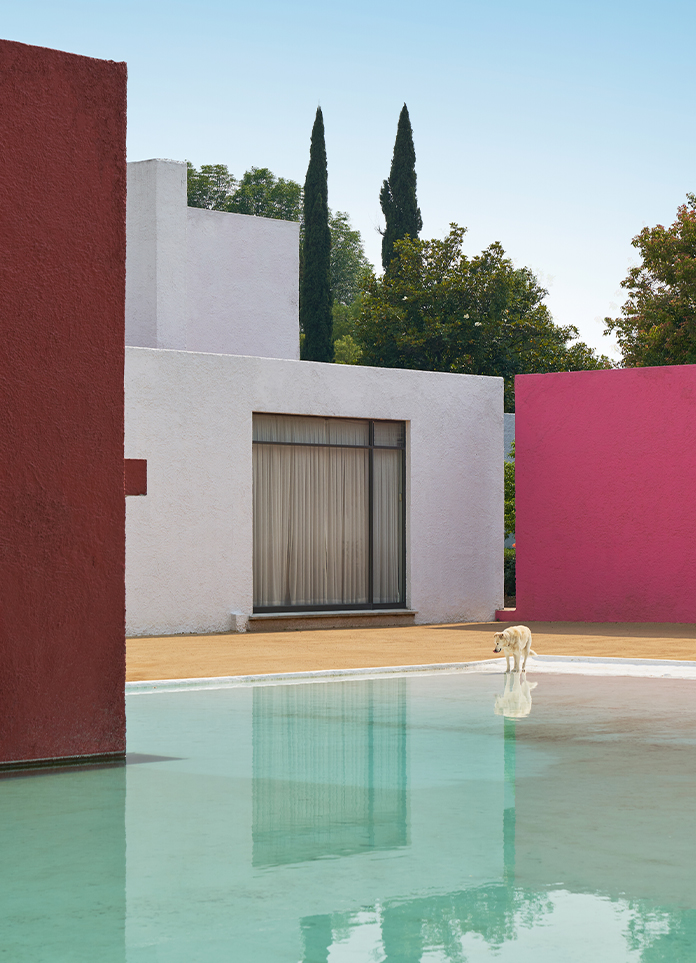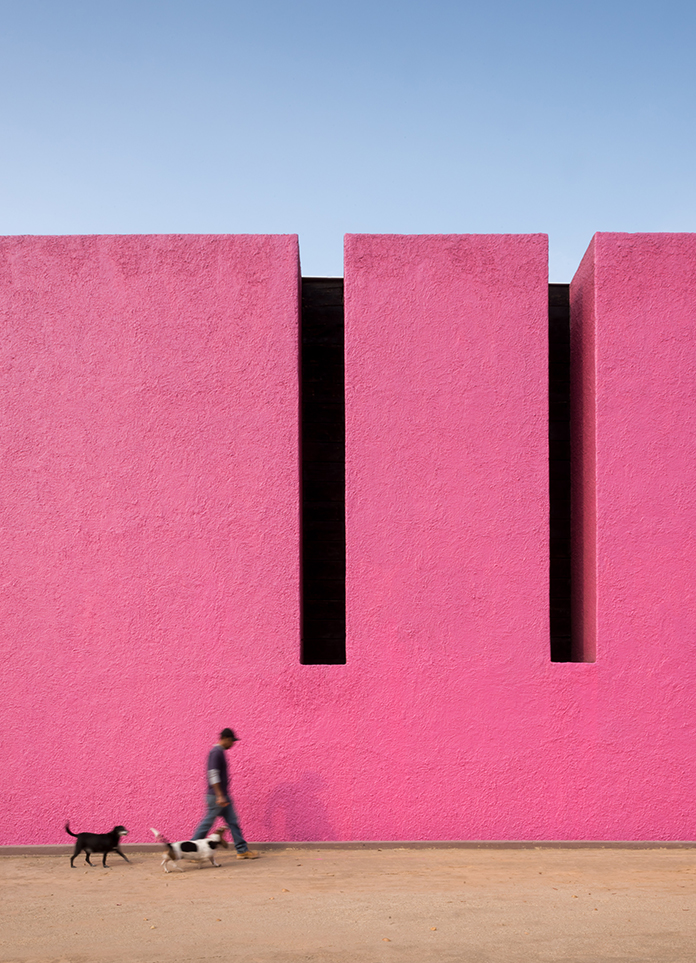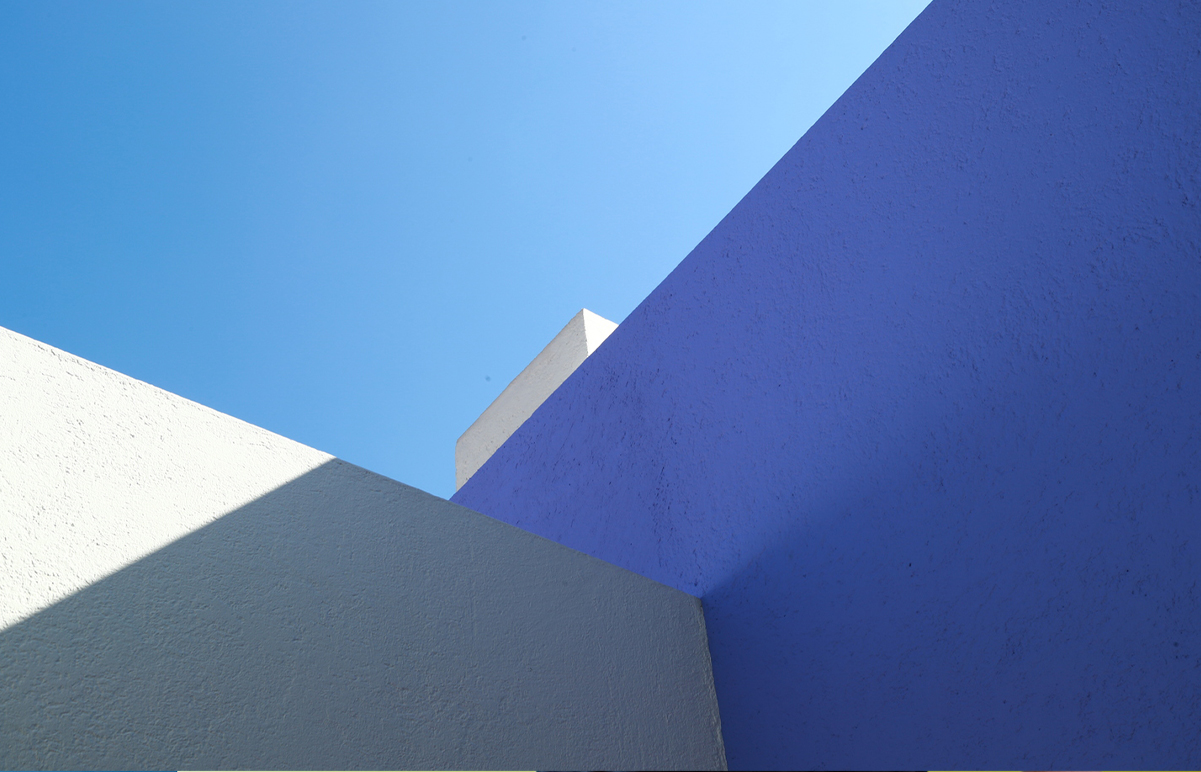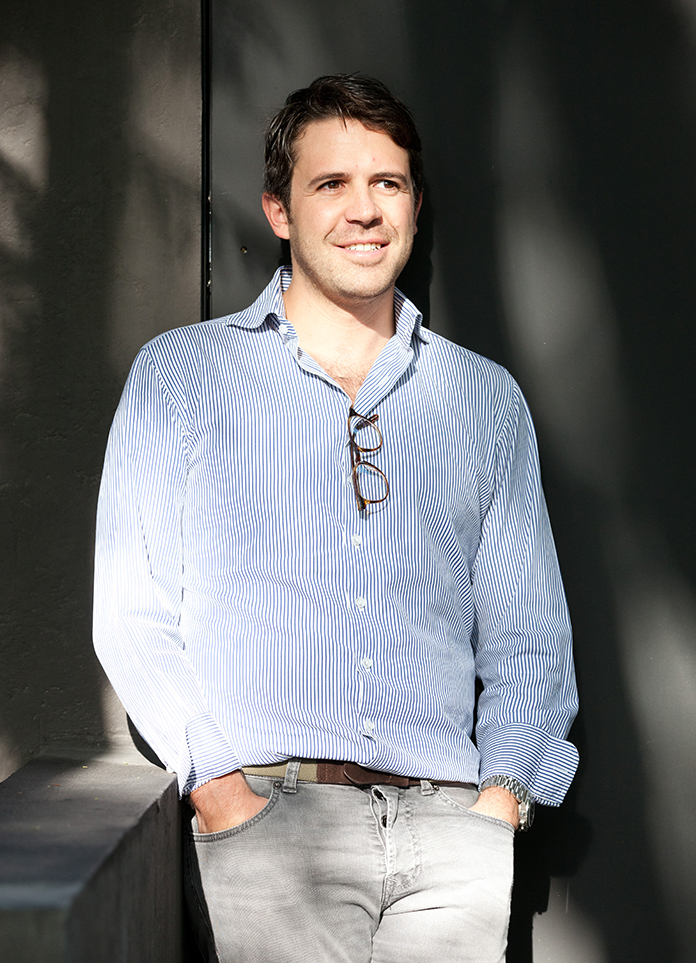Luis Barragán Morfín was born in Guadalajara, Jalisco on March 9, 1902. Although he came from a well-positioned family, his instinct was, above all his comforts, that led him to enter the world of design and architecture. After receiving a bachelor's degree in engineering in 1924, he traveled all over Europe. His later design concepts were deeply influenced by Moorish architecture in southern Spain, native Mediterranean architecture, Ferdinand Baker's garden, Frederick Kessler's theory, and Le Corbusier's works and theories. The Mexican was chosen in 1980 as its second winner, making it the first Latin American on the list.
Barragán's early works adopted an international style. However, the various ideas inspired by the trip to Europe and its own Mexican "nativeism" formed a personal design style. In addition, Barragán tried to create an architectural style that preserves the roots of local art while being inspired by national artworks, while also pursuing spiritual beauty and harmony with nature. He strives to reproduce the tranquility and beauty of the childhood environment through the interpretation of the romanticism of landscape architecture.
Unlike his contemporary architects, Barragán was loyal to the theory of painter and landscape architect Ferdinand Baker, and regarded the garden as a magical environment. Thick walls, small exits, bright colors, and the use of natural materials are the characteristics of Barragán's mature works. The success of his later works is mainly due to the beautiful reflection of sunlight and water. Luis Barragán died on November 22, 1988 due to Parkinson's disease, his remains were wrapped in the Mexican flag and veiled in the central hall of the National Institute of Fine Arts.
-
10.02021-04-07

Casa Pedregal
-
10.02021-01-09

Cuadra San Cristobal Photo by Kevin Scott
-
10.02021-01-09

Cuadra San Cristobal Photo by Luis Gallardo
-
9.02021-01-08

Casa Gilardi











